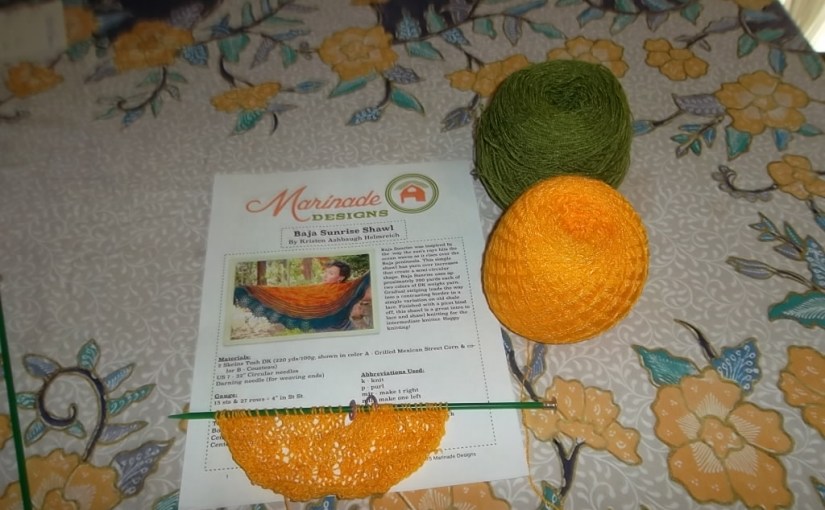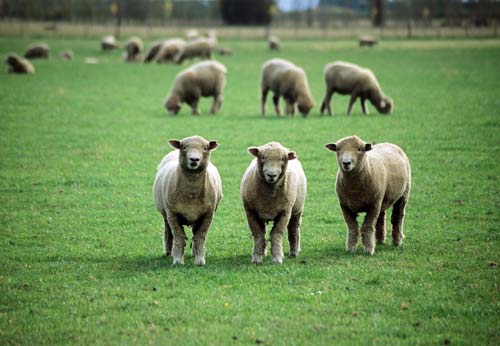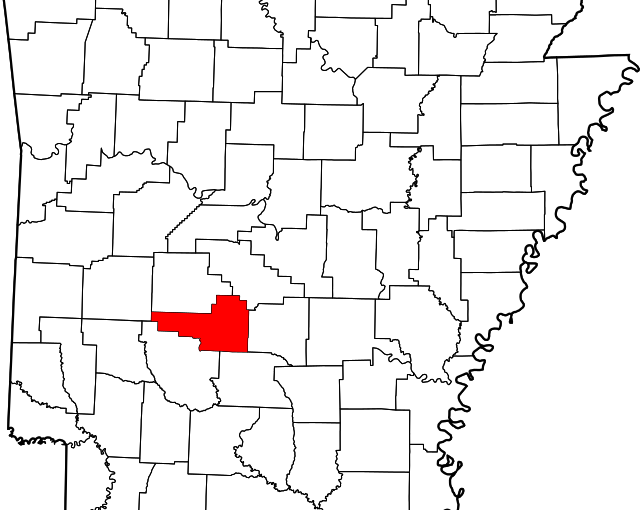For the past several weeks I’ve been working on the Burks tree for a distant cousin of mine. She was most interested in finding the parents of Joel Sanford Burks. I thought it might be Joel R. Burks of Indiana. As soon as I started collecting documents to prove my theory, I realized I was on the wrong track. As far as I can tell, Joel R. Burks never lived in Illinois, where Joel Sandford Burks was born. Joel R. Burks did have a son named Joel, but there were three significant differences between the two men. One used a middle initial “S” and the other used “W.” One was born in 1827 and the other was born in 1857. One was born in Illinois and the other was born in Indiana. Clearly NOT the same men.
So, just who were the parents of Joel Sanford Burks? I have to admit failure. I cannot find them. If my readers have any information to share, I’d appreciate hearing from you. Otherwise, I’m going to have to tell my cousin, I’ve hit a brick wall
~ ~ ~ ~ ~
Joel Sanford Burks was born c.1827 in Illinois. This is information he gives us on the 1850 US Census, by which time he had been established in Arkansas for at least six years. We know this because his son William R. Burks, age 6 in 1850, was born in Arkansas. According to Mary’s pension request, Joel died January 9, 1878. The 1850 census document is the best document we have for Joel Sanford Burks, however it does not confirm the middle name.
According to several web trees, Joel married Mary Eliza Williams on September 10, 1846 in Hot Springs County, Arkansas. The marriage could have been two or three years earlier, as their first child is born in c. 1844. Mary was born in Illinois, according to the 1850 census, where she gave her age as 20. This gives us a tentative date of birth of 1830. Mary died April 15, 1916 and was buried in the Alford Cemetery, Hot Springs County, Arkansas. Although she consistently gave an age that showed a date of birth in 1830, her grave stone gives us a date of birth as February 14, 1828.
Mary is believed to be the daughter of Jesse William and Polly Barnett, but this is not proven. Jesse and Polly were married in Kentucky and moved to Illinois. In some documents Mary is listed with no middle name or initial, in some she uses Mary A., and she is also known as Mary Eliza.
We know Joel Sanford Burks fought in the Civil War in the Confederate Army because we have his wife’s request for a pension based on that service. He served from April 1863 to June 1865 in Crawford’s H Company, Arkansas Cavalry.
Joel appears on the 1850 US Census for Prairie, Hot Springs County, Arkansas, where he states he is a farmer, age 23, born in Illinois. His wife’s name is given as “Mary,” with no middle name or initial. Also in the household are three children, all born in Arkansas – William R., age 6; James W., age 1; and Thomas E., one month old.
Joel appears in the 1870 US Census for Short Mountain, Franklin County, Arkansas. He states he is 45 years old, a farmer, and born in Illinois. He does not a middle initial on this census. Wife Mary states she is age 40 and born in Illinois. She does not use a middle name or initial on this census. By this time the family has grown. Seven children are living at home, all born in Arkansas (Thomas, age 20; Daniel, age 18; Jesse, age 16; Nancy, age 10; Malinda, age 8; Martha, age 6; and John, age 1).
By the 1880 census, Mary is a widow. She and her younger children are living with one of her older sons, “D.T.,” in Big Creek, Sebastian County, Arkansas. Everyone in the household except Mary is born in Arkansas. She is born in Illinois. D.T. is age 28, and his son William H. is age 7. Brother John L. is age 12; brother Joel S. is age 6; sister Martha is age 14; and mother Mary A. is age 50. The ages are not a perfect match for those given on the 1870 census, but are close. “D.T.” is most likely son Daniel, who was age 18 on the 1870 census.
We have the following documents for Joel Sanford Burks:
- 1850 US Census for Prairie, Hot Springs County, Arkansas
- 1870 US Census for Short Mountain, Franklin County, Arkansas
- Widow’s Request for Pension on the service of Joel S. Burks
- 1880 US Census for Big Creek, Sebastian County, Arkansas

I have established this Chronology for Joel Sanford Burks
1827 Joel S. Burks born in Illinois – proven by 1850 census
1830 Mary Williams is born in Illinois – proven by census documents
1844-46 Joel marries Mary Eliza Williams – no source documents
1844 Son William R. Burks is born in Arkansas – proven by 1850 census
1849 Son James W. Burks is born in Arkansas – proven by 1850 census
1850 The family is living in Prairie, Hot Springs, Arkansas – proven by 1850 census
1850 Son Thomas E. Burks is born in Arkansas – proven by 1850 census
1852 Son Daniel is born in Arkansas – proven by 1870 census
1854 Son Jesse is born in Arkansas – proven by 1870 census
1860 Daughter Nancy is born in Arkansas – proven by 1870 Census
1862 Daughter Melinda is born in Arkansas – proven by 1870 Census
1863 Joel Sanford Burks enlisted in Confederate Army – proven by Mary’s pension application.
1864 Daughter Martha Burks is born in Arkansas – proven by 1870 census
1865 Joel Sanford Burks discharged from army – proven by Mary’s pension application
1868 Son John Burks is born – proven by 1870 census
1870 The family is living in Short Mountain, Franklin County, Arkansas
1872 Son Joel S. Burks is born – proven by 1880 census
1878 Death of Joel Sanford Burks – proven by Mary’s pension application
1904 Mary applies for pension based on Joel’s service in Confederate States Army – proven by pension application.
1916 Death of Mary – date from grave stone photo.

Sources









